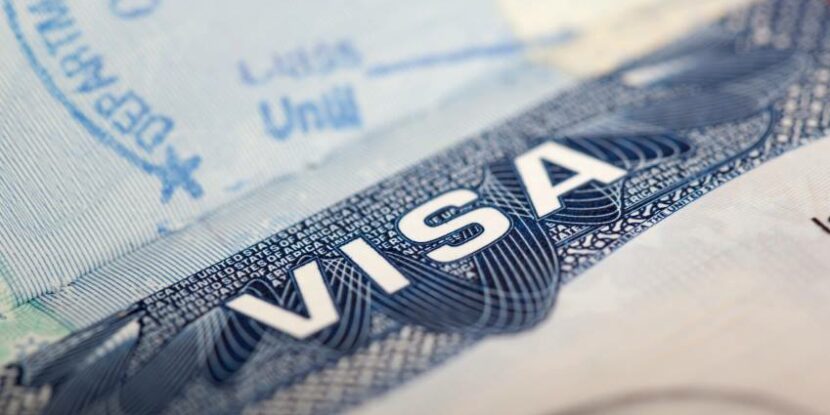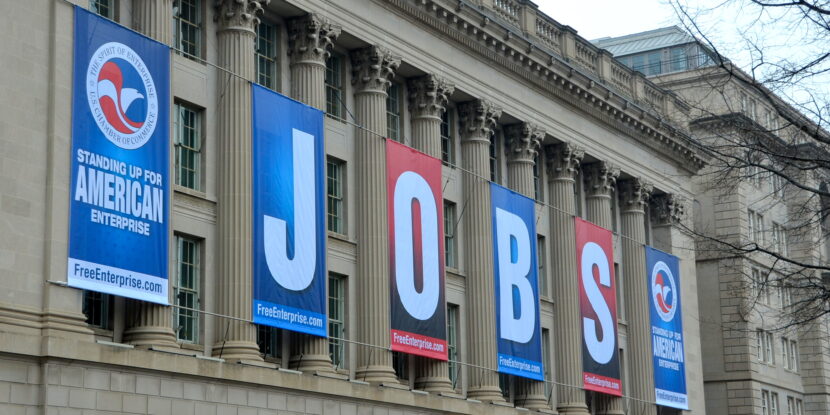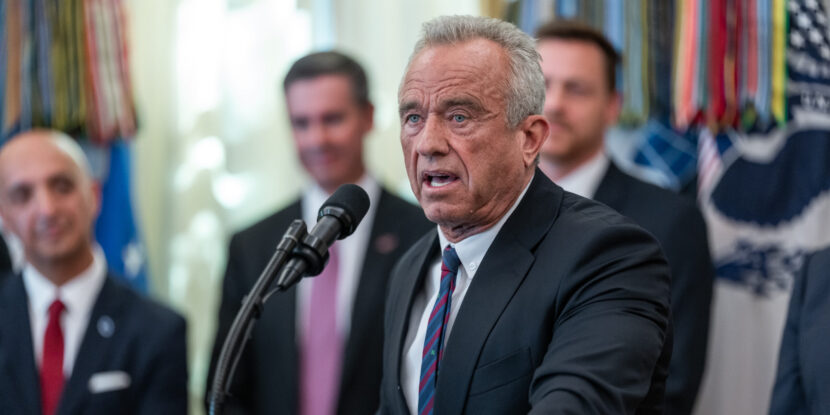Data analysis by The National Pulse has revealed that industries and companies relying on cheap, foreign labor supplied by the H1-B visa program have grossly undercounted the number of visa holders admitted to the United States each year and its impact on the wages of native-born Americans.
Those supporting cheap, foreign labor visas insist the United States abides by the statutory cap of 65,000 H1-B visas awarded through a lottery system each year—and an additional 20,000 visas reserved for immigrants with advanced secondary degrees created through the 2004 Omnibus. That means, statutorily, 85,000 H1-B visas can theoretically be granted to foreign workers each year. However, according to the U.S. federal government’s mandated reports to Congress, this number is significantly higher.
YOUNG, CHEAP, & TOO MANY.
According to the United States Citizenship and Immigration Services’s (USCIS) FY 2023 report to Congress—currently the most recent public data—the number of H1-B’s filed in the fiscal year was 386,318. These are the total number of visas approved by the federal government. The USCIS report indicates that about one-third of the visas issued in FY 2023 were new—indicating the statutory cap of 85,000 was exceeded, with potentially over 100,000 new H1-Bs being granted. Specific nonprofits and government contractors working in areas deemed critical to American interests can attain unlimited H1-Bs, which is how the newly issued visas in FY 2023 exceeded the statutory cap.
The USCIS report also reveals that only 75,843 H1-B visa workers filed a change of employer petition, suggesting that over 80 percent are essentially handcuffed to their corporate employer. This is significant as it adds credence to critics’ claim that the visa partially suppresses wages by removing negotiating leverage from foreign workers to increase their salary through other job offers.
The average age of an H1-B worker is just 33. Over a third of accepted H1-B visa workers only hold a bachelor’s degree. Only 22 percent held a master’s degree, while just eight percent had a PhD.
The median income of an H1-B worker was $118,000 in FY 2023. According to the Silicon Valley Index, in 2024, the average compensation of workers in Big Tech was around $189,000.
NOT REALLY NEEDED?
The number of H1-Bs in the United States decreased between FY 2022 and 2023. The report states that 442,043 visas were approved in FY 2022, while 386,318 were approved in FY 2023. This is a 13 percent decrease.
The USCIS data suggests that 99.9 percent of H1-B visa applications were approved in FY 2023.
The report states that 386,559 new or continuing visa applications were filed, and 386,318 were approved. Given the numerous U.S. Department of Justice prosecutions against companies like Cognizant, Infosys, and other H1-B “mills” that essentially outsource American jobs to foreign contractors, the near-100 percent approval rate is worthy of immediate attention.
CHAIN MIGRATION.
Many approved H1-B workers aren’t coming to the United States by themselves. According to USCIS data, over 55,000 nonimmigrant visa holders—students, tourists, and others–applied for a change in their nonimmigration status in FY 2023. USCIS notes these are primarily spouses or children of H1-B workers.
It is believed that around 200,000 or more family members have accompanied H1-B visa holders to the United States overall. While in theory, the H1-B is not intended to be a dual-track visa program, allowing the holders to attain green card status and a pathway to citizenship eventually, it has increasingly become such a scheme.
In essence, the H1-B has not just become a source of cheap labor but one of several U.S. visa programs that—through abuse and manipulation—serve as a pipeline for mass immigration into America.





















